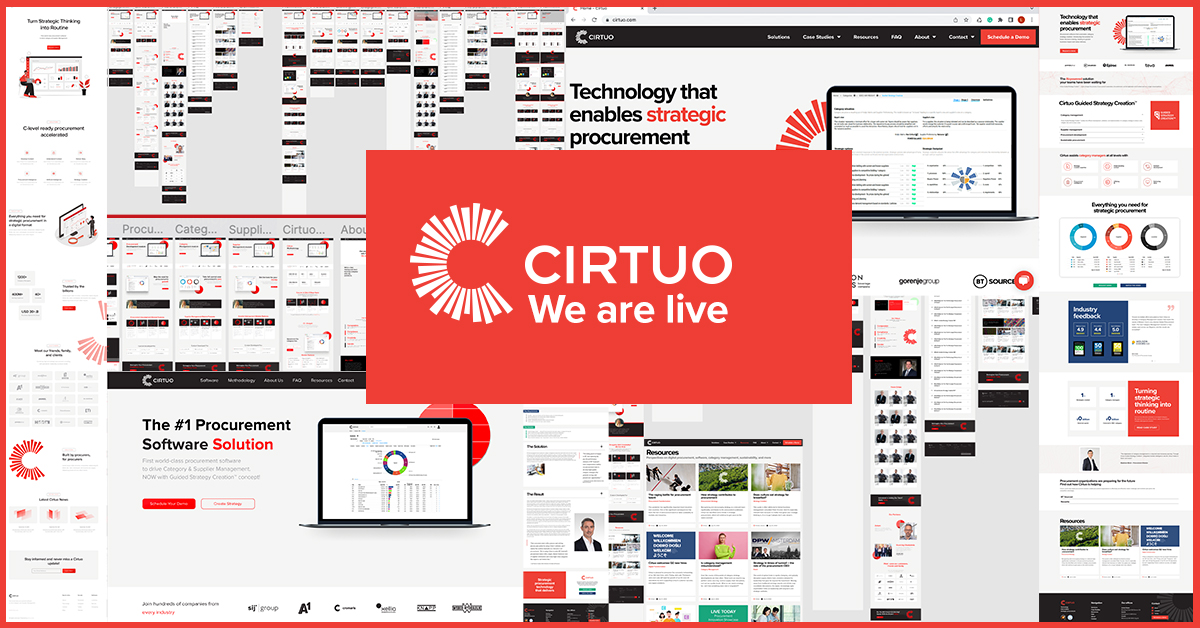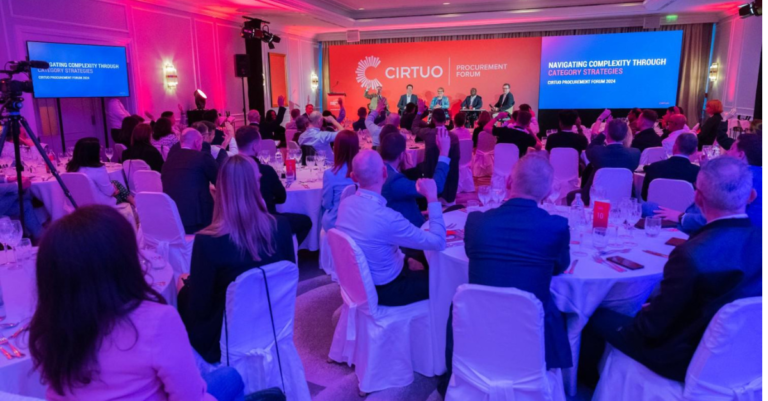In the 1980s, the first strategic frameworks for procurement emerged, pointing out the strategic character of procurement in business. Procurement got more visibility, given its impact on profitability, performance, and supplier relationships. Yet, something went wrong in those early stages. Well-designed strategic ideas were then translated into well-labeled tactical approaches, which are still in use today. The most prominent is an oxymoron, “Strategic Sourcing.” We are paying a high price for that as a profession. The “Strategic Sourcing” keyword was driving stakeholder expectations in the wrong direction. All procurement activities were reduced down to sourcing – beating suppliers more strategically.
Top management measured procurement success primarily through “savings,” ultimately challenging to prove in any P&L. For some reason, cost reductions tend to fall into a rabbit hole, as well as organizations striving to produce them.
Cost reductions turned out to be a rabbit hole number 1
Not just for procurement but for world order. Millions of biased individual procurement decisions gradually changed it. We increased the standard of living not only on the consumer side but also on the producer side. At the same time, we made not-sharing-same-value countries/governments stronger, resulting in dependencies we do not like today. Sustainability driven by procurement works – we were simply unaware of it as the outcome has an unintended consequence.
Digitalization: rabbit hole number 2
Due to the low adoption, AI overpromises / over expectations, and tool fatigue is not improving procurement. Many claim it’s because of immature procurement organizations. I am unsure where billions invested in education and consulting projects have gone. Digital roadmaps are all present, but I am missing a genuine strategic transformation of procurement, which is a prerequisite for selecting and leveraging the technology.
In rare cases, an organization follows a strategy, business requirements (hundreds of them) are not aligned, and in many cases, category managers hardly approach the right stakeholders with the correct language. Can digitalization help? Digitalization sits in a comfort zone stuck at a problematic crossroads between having an ambiguous seat at the table (as a firefighter or a business partner – can you tell?). Most digital efforts at transactional and tactical levels just create an infrastructure to become more strategic. The next step is not being adequately addressed. Strategy is difficult as it requires engagement with stakeholders, which procurement professionals are not used to.
By pioneering the digitalization of strategy in the procurement space, we have noticed more welcoming perceptions and better insights into strategy. Procurement professionals increasingly understand that agile strategies are the key to meeting their business requirements. Therefore I am optimistic that going down the procurement rabbit hole can be avoided. The key is carefully selecting tools, accompanied by focused change management efforts.
Is sustainability emerging as rabbit hole number 3?
I am a fierce advocate for sustainability and its positive contributions to procurement, businesses, and our planet. Increasing regulation/requirements on sustainability will enable procurement professionals to reduce biased individual approaches. Procurement decisions should become healthier for the planet as we experience and execute shared strategies. I am just concerned about emerging billions of USD businesses around sustainability over the coming years, which may create a mantra and create an unconscious bias again. We do not even question what is right or wrong, when and how to do it. Let us not repeat the mistakes of the past and develop critical thinking around these approaches as well.





